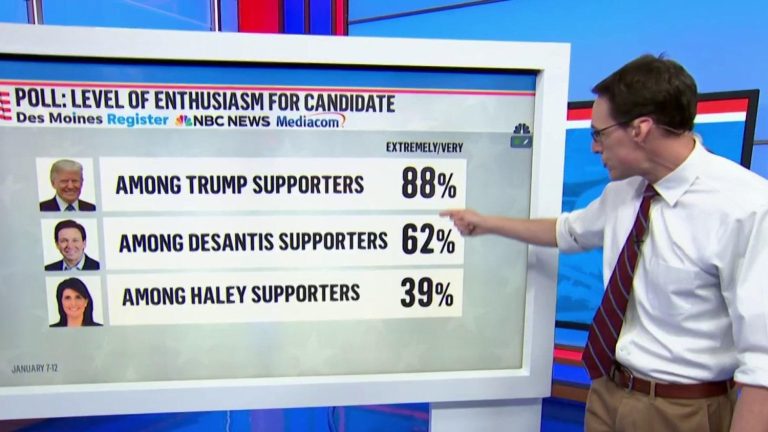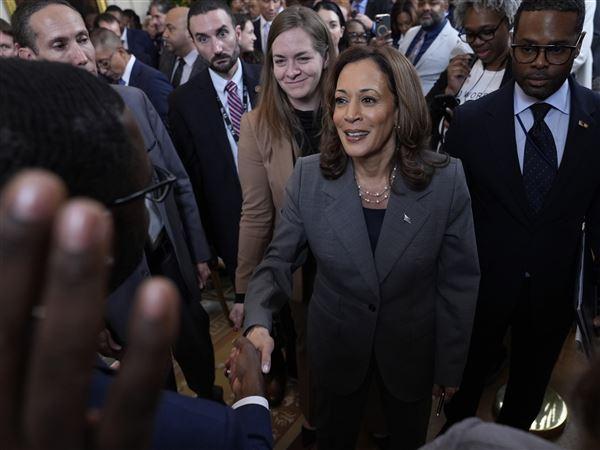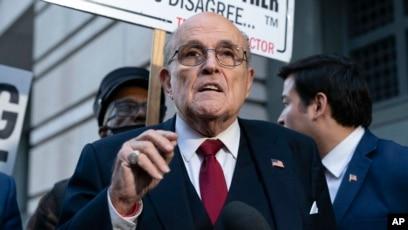
In the wake of the 2020 presidential election, many pundits and analysts have been looking ahead to the 2024 contest. A commonly held belief is that if former President Donald Trump runs again, he will likely face a similar coalition of voters as he did in 2020. This diverse electoral group formed the bedrock of Trump’s support, providing him with a loyal base from which to launch his campaign. As we approach the 2024 election, it is essential to understand the composition of this coalition and its potential implications for the upcoming race.
– Analyzing the Overlap: Trumps 2024 Base Reflects 2020 Support
There’s a significant amount of overlap between Trump’s 2020 and 2024 supporters, with many of these individuals being steadfast in their loyalty to the former president. Data suggests that this group of individuals is not easily swayed by negative media coverage or political opposition, and their support for Trump remains strong.
However, there are also some notable differences between the two coalitions. Trump’s 2024 base is slightly older, whiter, and more rural than his 2020 base. This demographic shift reflects the overall trend of the Republican Party becoming increasingly white and rural. It also underscores the challenge that Trump faces in expanding his appeal beyond his current base if he wants to win the presidency again.
- Identifying Core Attributes: Similarities and Differences Between Trumps 2024 and 2020 Coalitions
Despite four years passing and a multitude of political and social changes occurring, one aspect that has remained consistent for former President Donald Trump is his base of support. His 2024 coalition bears striking similarities compared with the one he held during his successful 2020 campaign.
Both coalitions heavily consist of white voters without a college degree, especially those living in rural communities. Additionally, Trump still enjoys strong support from men and older Americans. However, some notable differences have emerged between the two groups. In 2024, Trump has gained ground with younger voters and those with higher incomes. Simultaneously, his support has slightly declined among women and those living in suburban areas.
– Strategic Implications: Understanding the Electoral Landscape for 2024
Drawing comparisons between the 2020 and potential 2024 electoral demographics, it becomes evident that Trump’s voter base remains largely unchanged. Consistent supporters include:
– White, non-college voters: These individuals continue to constitute a significant portion of Trump’s base, mirroring patterns observed in 2020.
– Rural voters: Support from rural areas is another constant in Trump’s coalition, influenced by factors such as economic anxiety and cultural conservatism.
- Evangelical Christians: Trump’s appeal to this demographic has remained strong, resonating with their conservative values and opposition to perceived societal changes.
However, notable shifts are evident in the composition of Trump’s potential coalition:
- Women: While Trump has historically struggled to garner support from women, recent polls suggest a slight improvement in this demographic. Factors contributing to this shift could include his economic messaging and perceived strength as a leader.
– Young voters: Trump’s appeal to younger voters has shown a modest uptick. While still lagging behind other candidates, this demographic’s increasing support for populist and nationalist rhetoric could benefit Trump’s campaign.
– Suburban voters: A critical swing group, suburban voters have moved away from Trump in recent years. However, as living costs and concerns about crime rise, some suburban voters may be drawn back to Trump’s message of economic stability and law and order.
The Way Forward
And with that, the curtains fall on the analysis of Trump’s 2024 coalition. Like a recurring motif in a symphony, his base remains largely unchanged, casting a long shadow over the political landscape. As the next chapter unfolds, we can only speculate on the intricacies of this steadfast tapestry and the echoes it will reverberate in the years to come.



